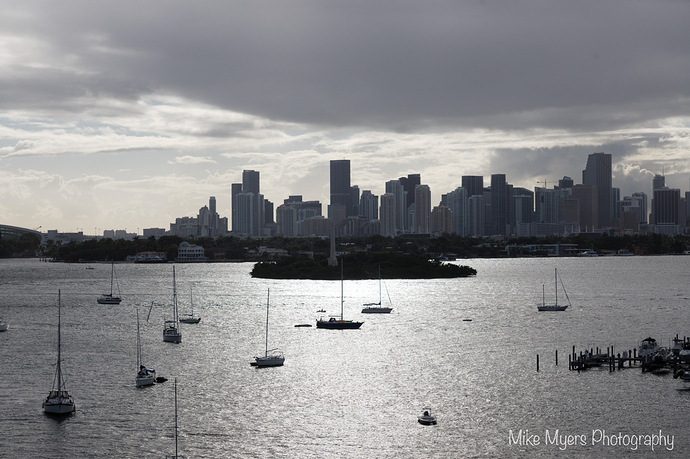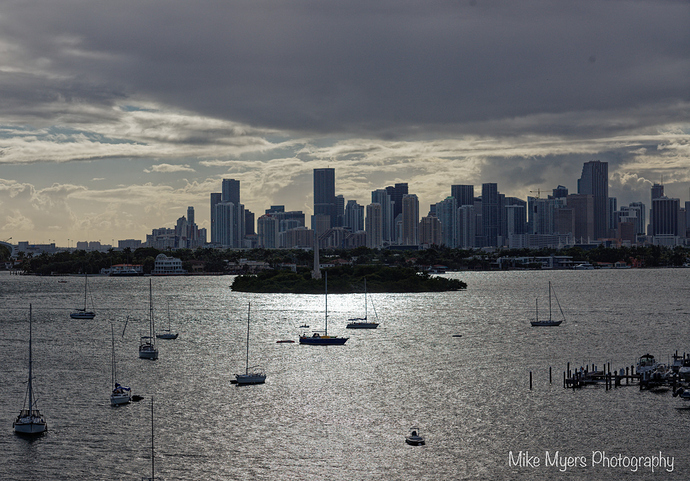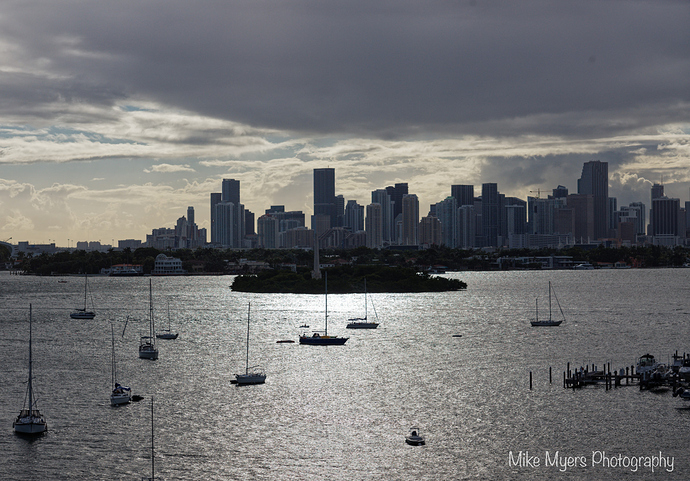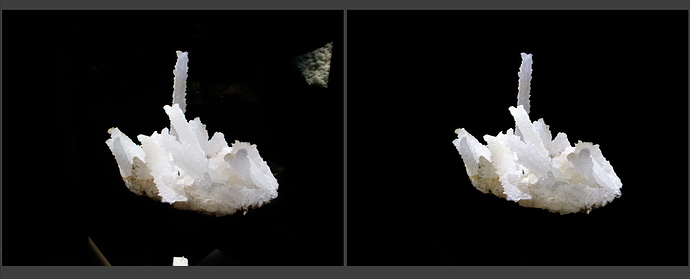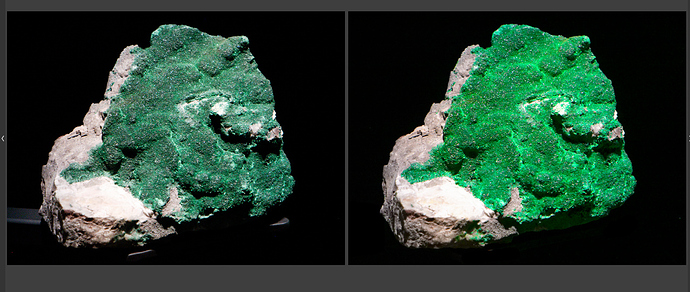From https://www.csus.edu/indiv/g/goffs/135%20photojournalism/associated%20press%20ethics%20code.pdf
Associated Press
Code of Ethics for Photojournalists
AP pictures must always tell the truth. We do not alter or digitally manipulate the content of a photograph in any way.
The content of a photograph must not be altered in Photoshop or by any other means. No element should be digitally added to or subtracted from any photograph. The faces or identities of individuals must not be obscured by Photoshop or any other editing tool. Only retouching or the use of the cloning tool to eliminate dust on camera sensors and scratches on scanned negatives or scanned prints are acceptable.
Minor adjustments in Photoshop are acceptable. These include cropping, dodging and burning, conversion into gray- scale, and normal toning and color adjustments that should be limited to those minimally necessary for clear and accurate reproduction (analogous to the burning and dodging previously used in darkroom processing of images) and that restore the authentic nature of the photograph. Changes in density, contrast, color and saturation levels that substantially alter the original scene are not acceptable. Backgrounds should not be digitally blurred or eliminated by burning down or by aggressive toning. The removal of “red eye” from photographs is not permissible.
When an employee has questions about the use of such methods or the AP’s requirements and limitations on photo editing, he or she should contact a senior photo editor prior to the transmission of any image.
On those occasions when we transmit images that have been provided and altered by a source — the faces obscured, for example — the caption must clearly explain it. Transmitting such images must be approved by a senior photo editor.
Except as described herein, we do not stage, pose or re-enact events. When we shoot video,
environmental portraits, or photograph subjects in a studio care should be taken to avoid, misleading
viewers to believe that the moment was spontaneously captured in the course of gathering the news. In the cases of portraits, fashion or home design illustrations, any intervention should be revealed in the
caption and special instructions box so it can1t be mistaken as an attempt to deceive.
National Press Photographers Association Code of Ethics
Visual journalists and those who manage visual news productions are accountable for upholding the following standards in their daily work:
Be accurate and comprehensive in the representation of subjects. Resist being manipulated by staged photo opportunities.
Be complete and provide context when photographing or recording subjects. Avoid stereotyping individuals and groups. Recognize and work to avoid presenting one’s own biases in the work.
Treat all subjects with respect and dignity. Give special consideration to vulnerable subjects and compassion to victims of crime or tragedy. Intrude on private moments of grief only when the public has an overriding and justifiable need to see.
While photographing subjects do not intentionally contribute to, alter, or seek to alter or influence events.
Editing should maintain the integrity of the photographic images’ content and context. Do not manipulate images or add or alter sound in any way that can mislead viewers or misrepresent subjects.
Do not pay sources or subjects or reward them materially for information or participation.
Do not accept gifts, favors, or compensation from those who might seek to influence coverage. Do not intentionally sabotage the efforts of other journalists.
